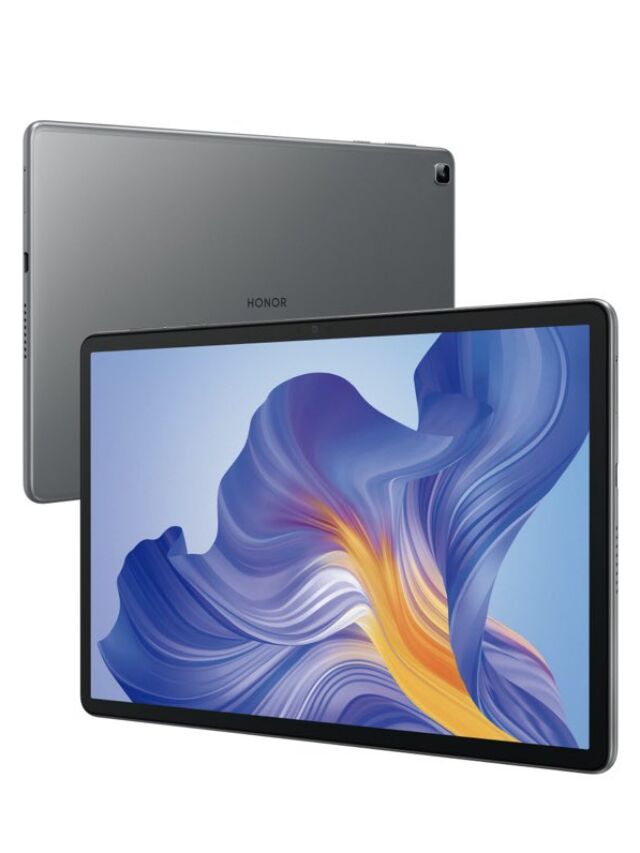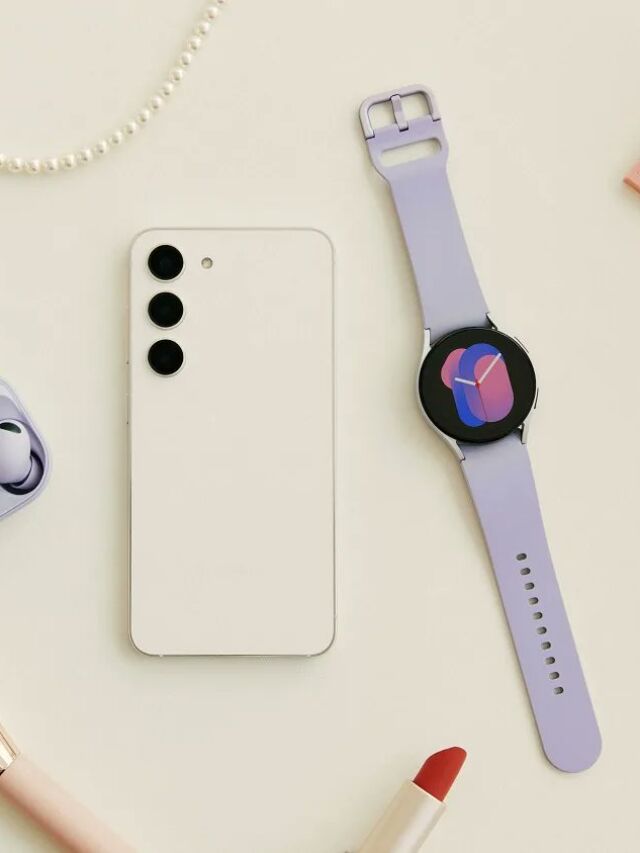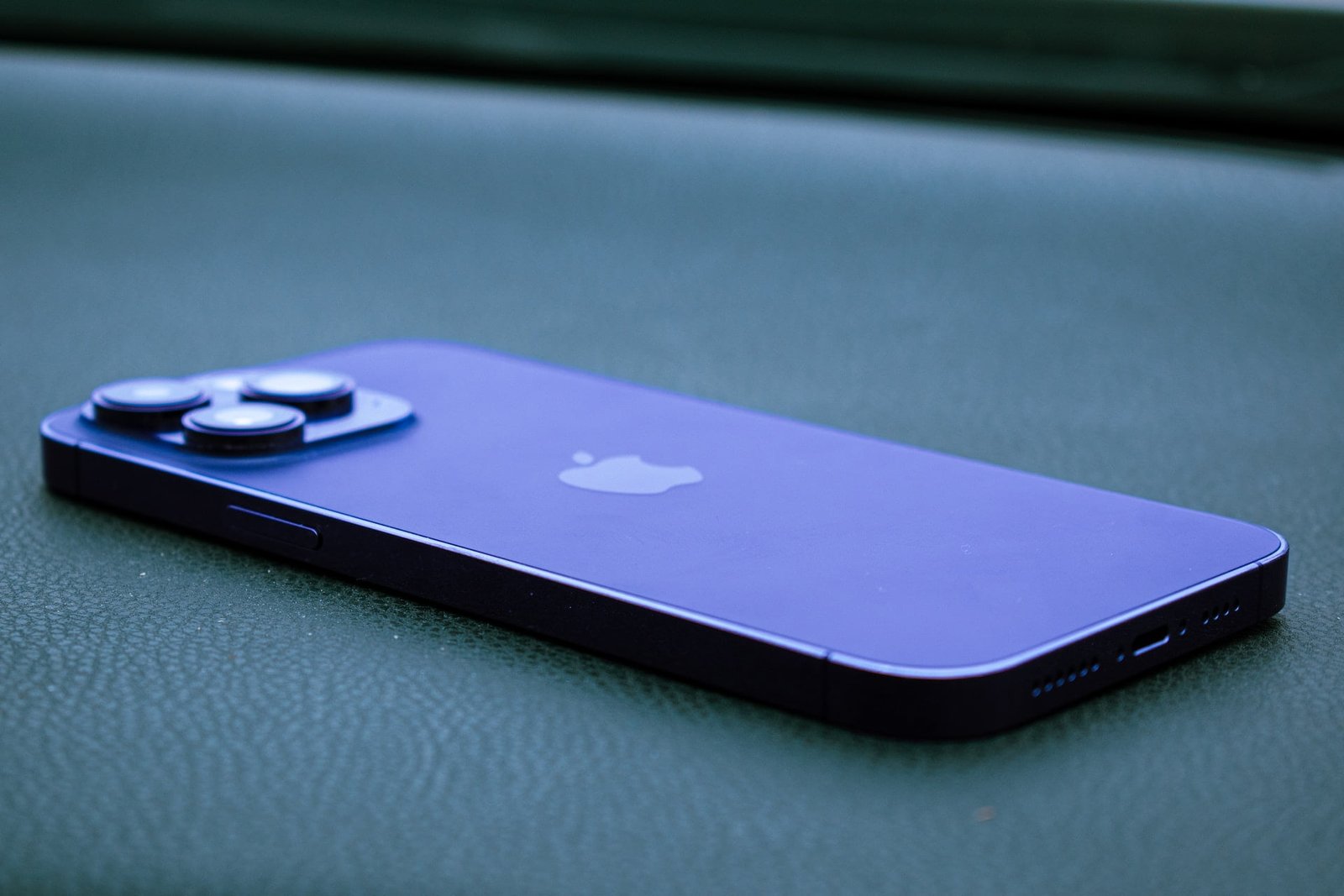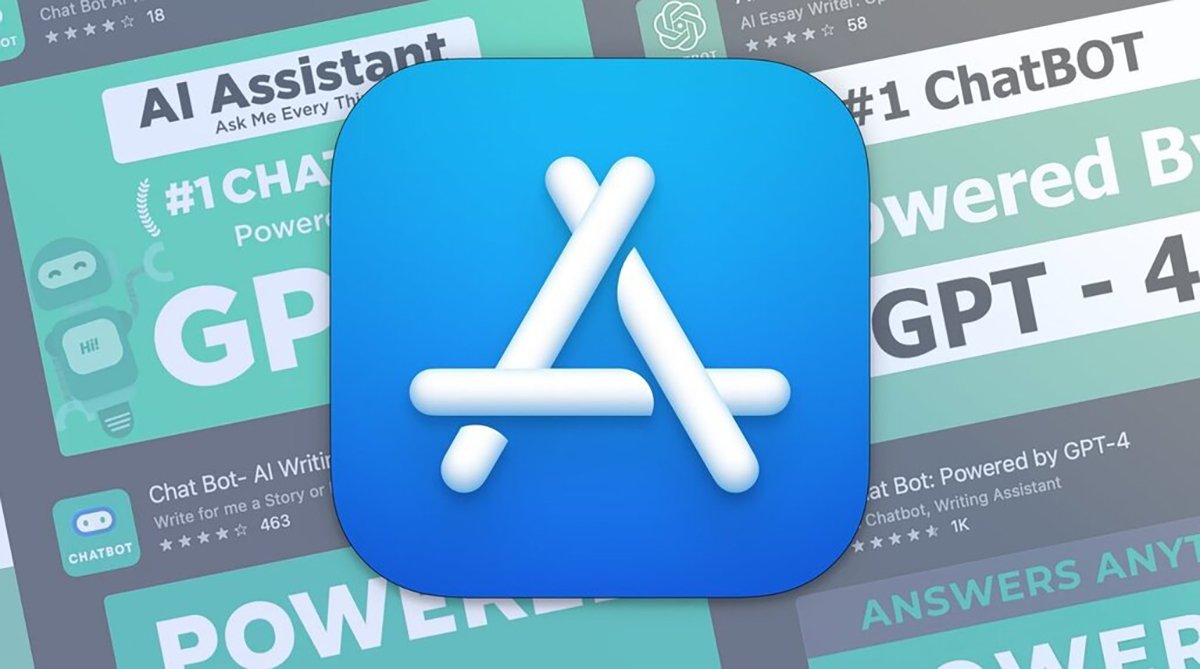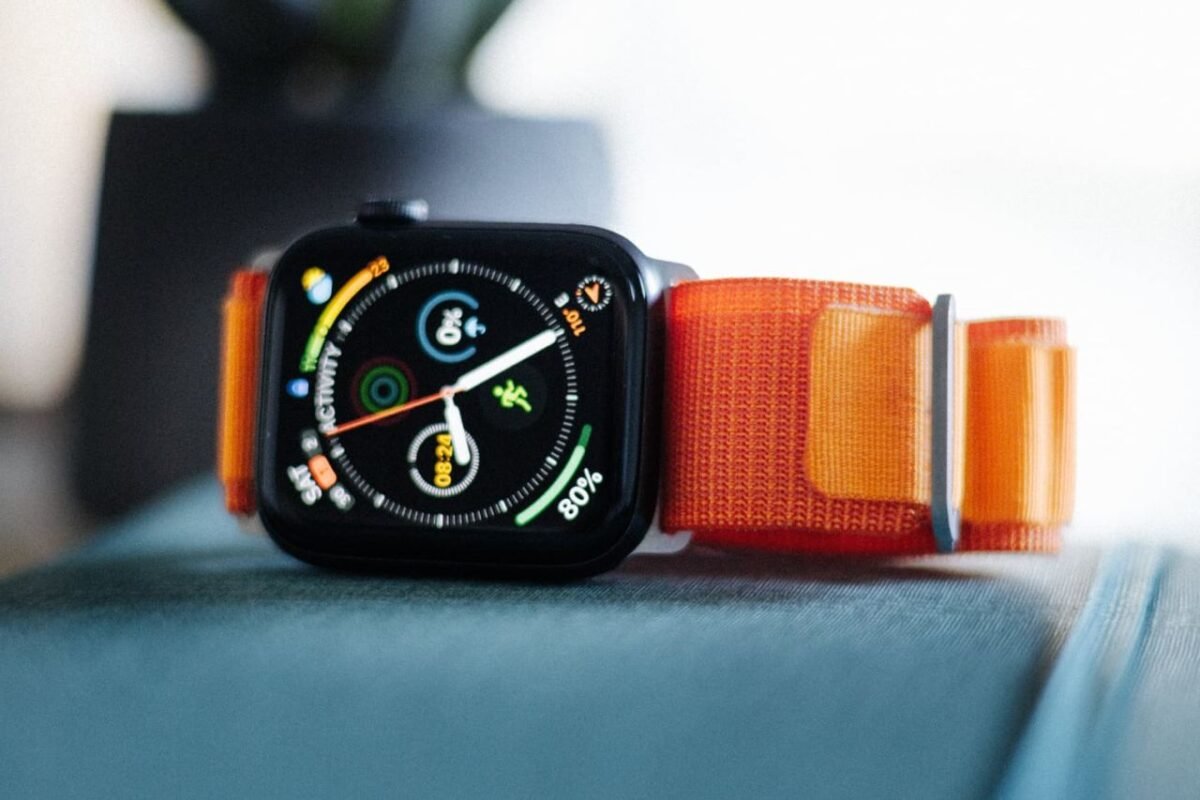Experience the advanced camera capabilities on Google Pixel 4a, renowned as the smartest smartphone camera available. Google’s innovative AI technology enhances the performance of the Pixel’s Sony sensor, despite its age, to compete with the latest million-megapixel cameras.
Google has pioneered a unique method that utilizes the simple camera of the Pixel phone to monitor vital health metrics such as heart rate and respiratory rate. In an exciting development, Google is set to roll out new features that enable users to measure vital health parameters using just their smartphone camera. Pixel phone users can look forward to receiving this exclusive feature through an update starting next month.
Recent blog posts have highlighted Google’s announcement about its breakthrough in AI processing for rear cameras. Users of Google Pixel can now leverage their smartphone’s rear camera to monitor vital health metrics such as heart rate and respiratory function.
This innovative feature is currently exclusive to Pixel devices and integrates seamlessly with the Google Fit app. Google has expressed its commitment to expanding this feature to other Android devices in the foreseeable future, promising a new era of health monitoring for Android users. Also Read – New Apple Watch to measure blood pressure, blood sugar and alcohol level in future
Heart and Respiratory measurement on Pixel Devices
The concept of calculating heart rate using smartphones isn’t new. Previously, devices like Samsung’s Galaxy S and Note series incorporated this feature. These Samsung devices are equipped with dedicated optical sensors, positioned next to the primary rear camera, to measure heart rate.
In contrast, Google’s approach to heart rate monitoring is innovative and doesn’t require additional sensors. Google’s method utilizes the smartphone’s main camera, coupled with intelligent algorithms, to analyze and monitor heart rate data. This unique feature enhances the health tracking capabilities of smartphones, making them a convenient tool for fitness enthusiasts. Also Read – Instagram introduces “Recently Deleted” feature
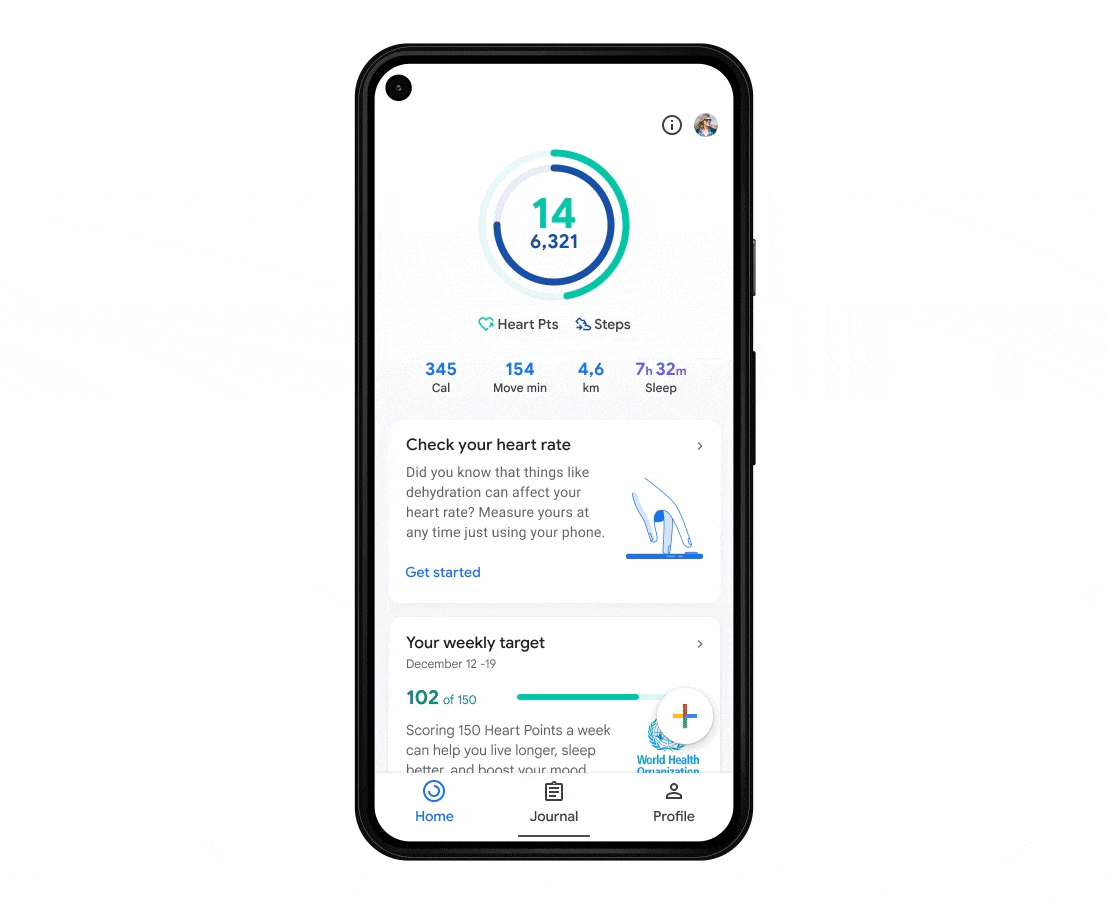
How it works on Google Pixel Devices?
Google’s innovative approach to heart rate monitoring primarily involves the use of a smartphone’s camera to detect minute color variations in a user’s fingertip. The user is instructed to place their finger over the rear camera. As blood circulates through the fingertip, it causes subtle color changes that the app can detect.
The application then employs sophisticated algorithms to analyze this data and calculate the heart rate. This unique method of heart rate measurement using a smartphone camera and color change detection is a testament to Google’s commitment to health technology innovation. Also Read – Google Pixel foldable phone in works, could launch soon, hints Android 12 Beta
Currently, Google is exploring a similar technology that leverages facial color changes to monitor heart rate. However, this facial color change-based heart rate monitoring technology is still in the experimental phase. This indicates the Google’s ongoing efforts to enhance health tracking capabilities.
To calculate breathe rate, the technology relies on a technique known as “optical flow”. Here, the person must cover the face as well as the chest inside the viewfinder of the camera. The application then tracks chest movement using machine learning, which is similar to an actual doctor.

-
Tools on Google Pixel for health and wellness
Leveraging its advanced features, Google asserts that these tools provide valuable insights into an individual’s overall health and wellness. Google’s internal research has consistently shown that the data generated by these features align closely with those from traditional medical monitoring systems.
Specifically, the respiratory rate monitoring feature has demonstrated remarkable precision, with accuracy within a single breath per minute. Similarly, the heart rate monitoring feature boasts an impressive accuracy rate of approximately 2%. Also Read – Mobile phones to get expensive as custom duty on components hiked by 2.5%
These findings are based on extensive testing conducted on a diverse range of individuals. Thus, further validating the effectiveness and reliability of Google’s health monitoring features. This underscores Google’s commitment to leveraging technology for health and wellness. Meanwhile, it provide users with accurate and easy-to-use tools for tracking their health metrics.



